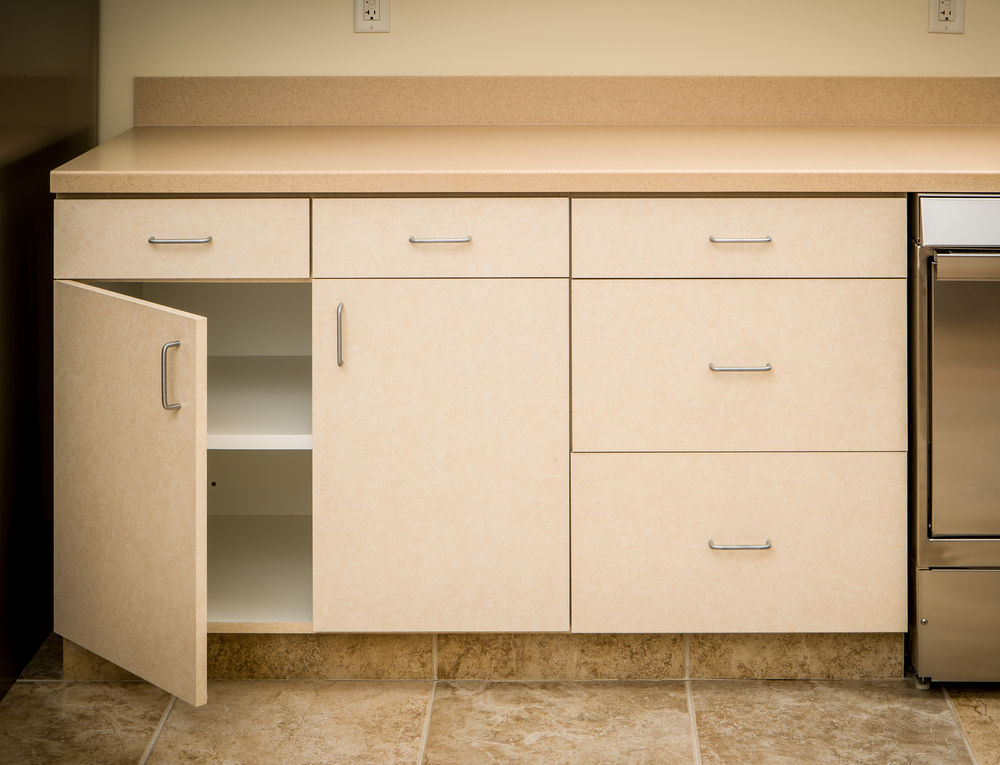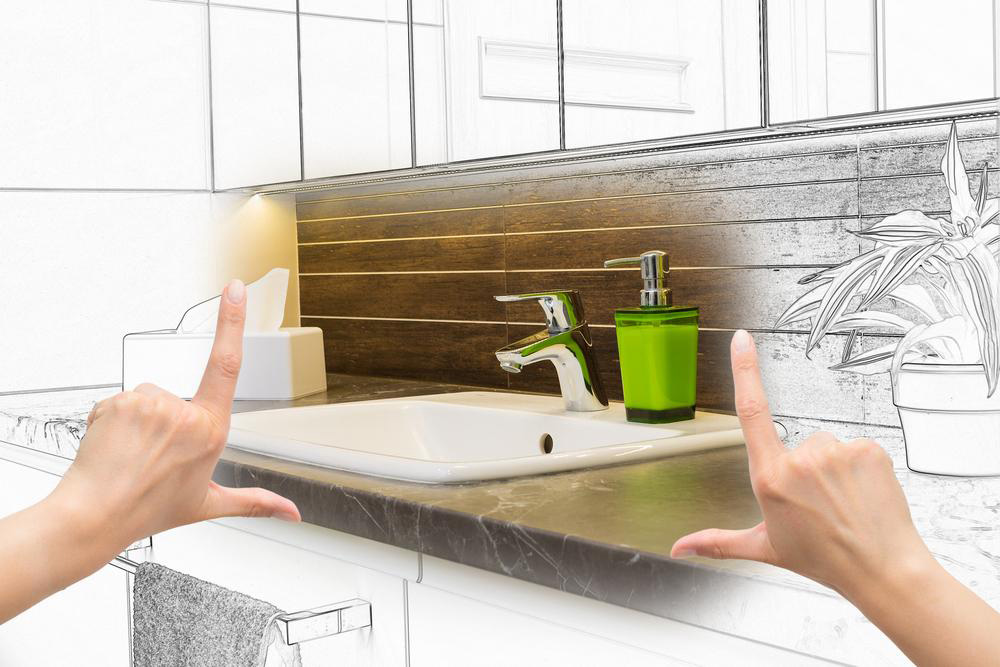Advantages of Upgrading to Solid State Drives
Discover the key advantages of upgrading to SSDs, including faster speeds, increased reliability, lower power consumption, and space efficiency. Learn why integrating an SSD into your computer can boost performance and extend hardware longevity despite higher costs. Perfect for tech enthusiasts and professionals seeking enhanced computing experience.

Benefits of Transitioning to SSDs
For tech enthusiasts, the term SSD (Solid State Drive) is familiar. SSDs use flash memory to provide significantly faster performance compared to traditional mechanical hard drives. They are more durable, less susceptible to physical wear, and cost-effective overall. By installing an SSD as the main drive for your operating system and frequently used applications, and keeping data on an HDD, you can maximize your system’s efficiency. SSDs also consume less power, generate less heat, and help extend battery life in laptops.
Still undecided? Consider these compelling reasons to upgrade:
Performance & Speed - HDDs typically take 5,000-10,000 microseconds for data access, whereas SSDs only need 35-100 microseconds. This drastic difference improves load times, especially for large databases and operating systems installed on SSDs.
Enhanced Reliability - With no moving parts, SSDs are less prone to mechanical failure caused by wear and tear, ensuring longer lifespan and stability.
Energy Efficiency - SSDs draw minimal power compared to traditional drives, which benefits laptop battery life and reduces electricity costs.
Compact Size - Their smaller form factor allows for slimmer laptops and more spacious desktop setups.
Less Heat Generation - SSDs produce less heat since they lack moving components, helping to keep your system cooler and prolonging hardware life.
There is one main drawback:Cost - SSDs are generally more expensive. A 128GB SSD can cost as much as a 1TB HDD. Often, computers use a combination of SSD and HDD to balance performance and storage needs.










